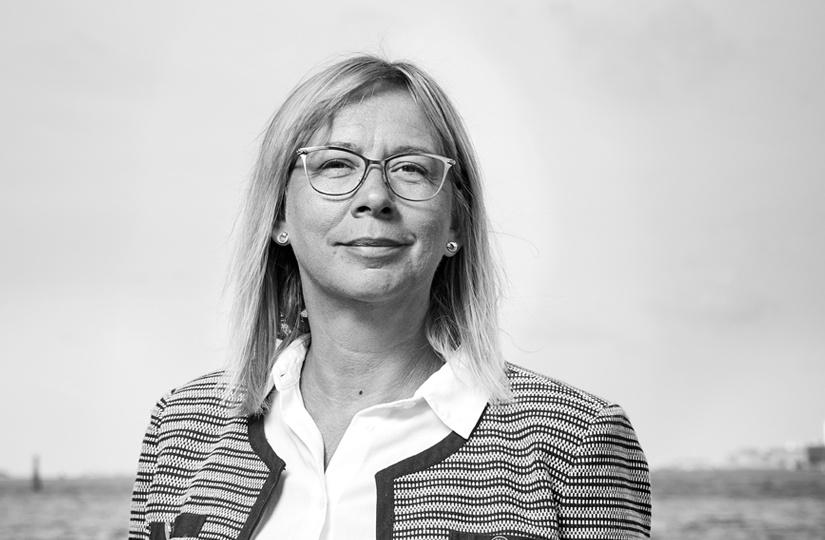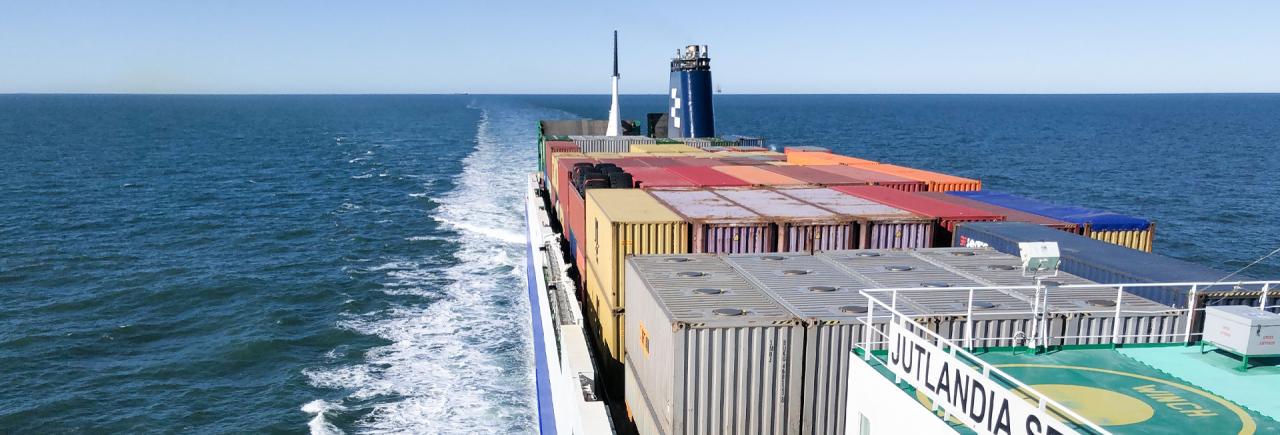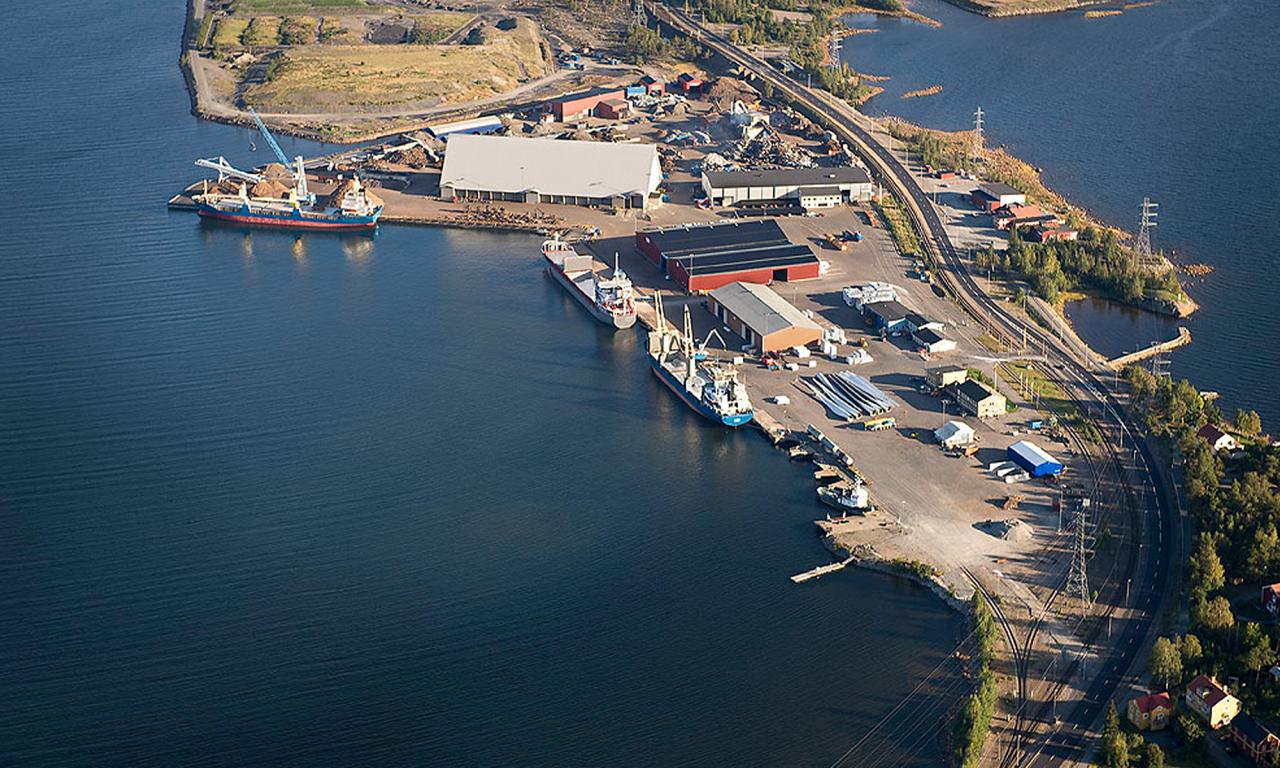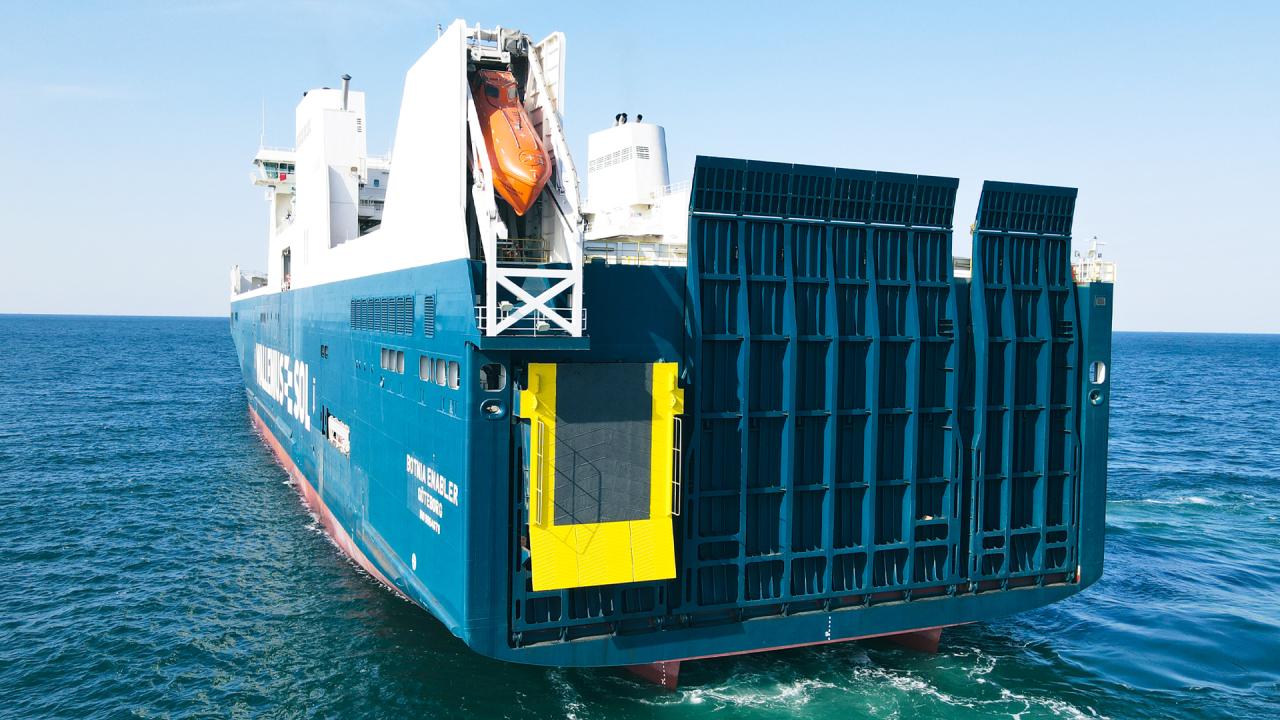Innovation increases container capacity by 50%
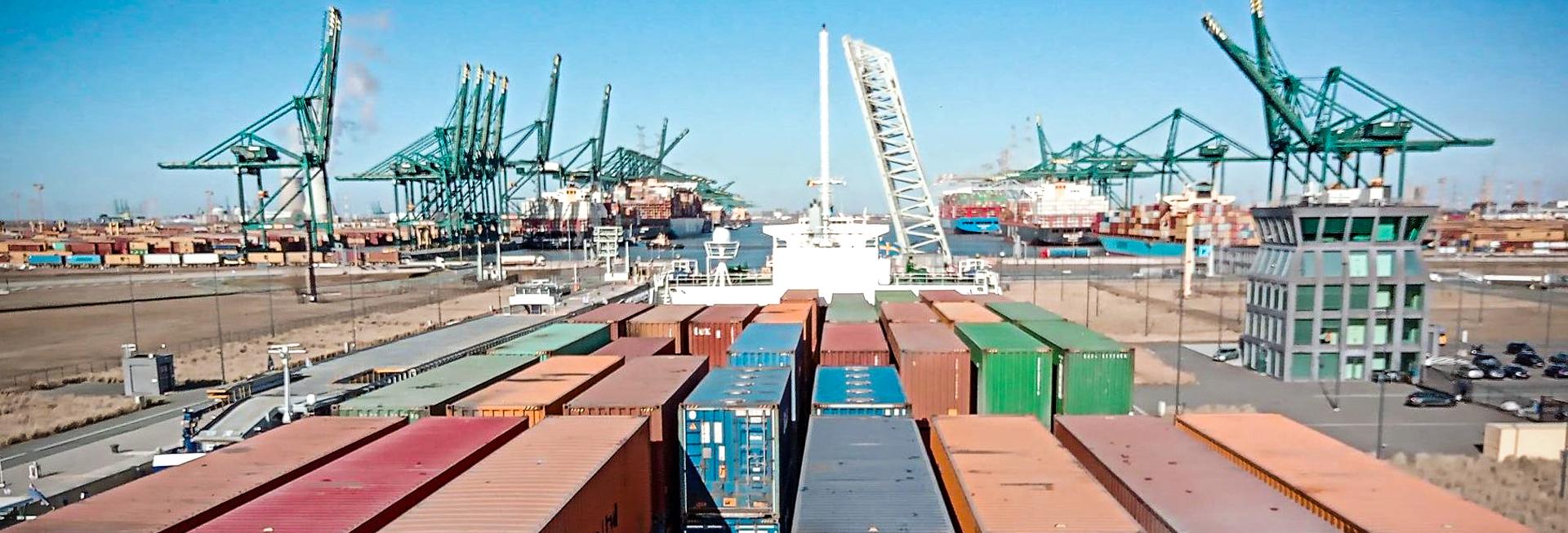
By thinking outside the box, and triple-stacking containers on a classic RoRo vessel, WALLENIUS SOL is increasing its container capacity on the Zeebrugge-Antwerp-Kokkola-Skellefteå-Oulu-Kemi route.
M/V Tavastland has been deployed on the company's Antwerp service in anticipation of the delivery of WALLENIUS SOL’s new ConRo vessels. The Tavastland was designed and built to accommodate double-stacked containers. However, in conjunction with an increase in demand, WALLENIUS SOL decided to boost efficiency by enabling triple container stacking at the LoLo position.
“The Tavastland was designed as a conventional RoRo vessel, but when we began calling at quays and terminals that are only served by cranes, we had to think anew,” says Mathias H Arnbert, from WALLENIUS SOL operations.
He continues:
“The ship still carries cassettes, but since the load is not towed ashore we were able – after certain modifications – to increase the stack from two to three containers.”
After many detailed calculations, M/V Tavastland could boast an upgraded stability programme, and in February 2022 the first trips with triple-stacked containers were completed. This solution has increased container capacity by 50% – from 224 TEU to 336 TEU.
“This solution is quite unique. On a conventional LoLo ship, containers are secured to the deck, but in a RoRo ship, we use a platform with cassettes to which are mounted locks for securing containers. Also, all of the cassettes are lashed to the deck and secured using pushers to prevent them from moving in any way,” explains Mathias H Arnbert.
WALLENIUS SOL has been testing the concept for some time, and triple stacking has proved effective even over shorter distances when empty containers need to be transferred.
“It’s gratifying that a bit of original thinking has allowed us to use a ship in scheduled services in this way. This solution not only means an ability to carry more cargo on a single vessel, but also greater capacity for empty containers. And because our customers avoid using trucks to move containers, we can jointly reduce our climate footprints,” says Elisabeth Lindén, Manager Feeder Services at WALLENIUS SOL.
When Botnia Enabler and Baltic Enabler – the new ConRo vessels – enter service, capacity on the Zeebrugge-Antwerp-Kokkola-Skellefteå-Oulu-Kemi route will increase to 1000 TEU per vessel, and M/V Tavastland will begin plying a new route.

